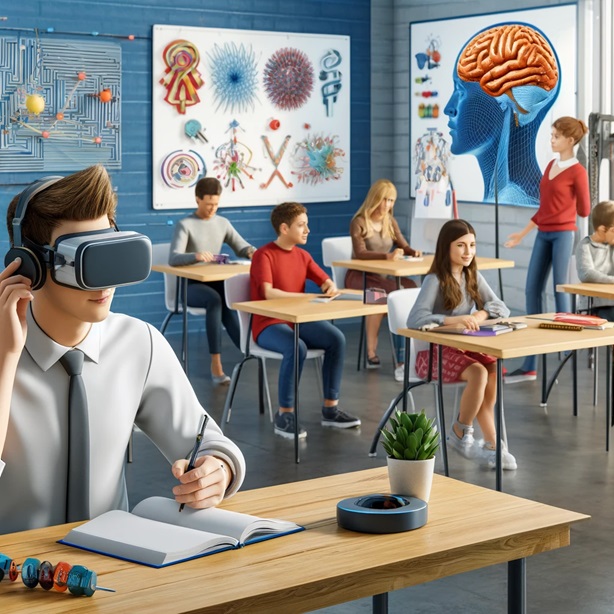Neuroplasticity and Gender Differences in Learning: Insights from Recent Research

Introduction
Neuroplasticity, the brain’s ability to reorganize itself by forming new neural connections throughout life, plays a crucial role in learning. Recent research has begun to explore how neuroplasticity may differ between genders, shedding light on tailored educational strategies that could enhance learning for everyone. This article delves into these gender differences, their implications for learning, and how educators can apply these insights to improve educational outcomes.
What is Neuroplasticity?
Neuroplasticity refers to the brain’s capacity to change and adapt as a result of experience. This adaptability is not just limited to the early years of life but continues into adulthood. Changes can include alterations in the brain’s physical structure, chemical responses, and neural pathways in response to new information, sensory stimulation, development, damage, or dysfunction. This dynamic nature of the brain underlies our ability to learn new skills, recover from brain injuries, and adapt to new situations.
Gender Differences in Neural Plasticity
Studies have shown that male and female brains may exhibit different patterns of plasticity, which can influence how each gender learns and processes information. For instance, females often demonstrate greater bilateral use of the brain for linguistic tasks, which can influence language learning strategies. Males may show higher plasticity in spatial navigation and motor skills, which affects how they approach problem-solving tasks. These differences suggest that males and females may benefit from different learning environments and teaching strategies.
Implications for Learning and Education
Understanding these differences is crucial for developing gender-specific educational approaches that optimize learning. For example, educators might integrate more verbal elements in teaching methodologies for females, while employing more spatial and kinesthetic elements in strategies aimed at males. This could help to tailor the learning experience to better suit the innate strengths and preferences of each gender, potentially leading to improved educational outcomes and greater student engagement.
Recent Research and Findings
Recent studies have focused on how hormonal differences, such as those influenced by estrogen and testosterone, affect neuroplasticity. These hormones not only affect growth and behavior but also modulate synaptic plasticity in the brain regions associated with memory and learning. For example, estrogen has been found to enhance synaptic formation in the hippocampus, a key area for learning and memory, which may explain some of the observed differences in how men and women approach learning tasks.
Practical Applications of Research
The knowledge gained from current research can lead to the development of more effective teaching tools and techniques that cater to the specific needs of each gender. This could mean personalized learning plans in schools or targeted adult education programs that consider neuroplastic differences. Additionally, understanding these differences can help in designing more effective interventions for learning disabilities and other cognitive challenges.
Challenges and Future Directions
While significant progress has been made in understanding gender-specific neuroplasticity, challenges remain, including overcoming societal stereotypes and biases in educational settings. It is also important to consider the variability within each gender, as not all individuals will fit the typical patterns. Future research will continue to refine our understanding and practical application of these insights, aiming to create learning environments that are truly personalized and inclusive.
Conclusion
The exploration of neuroplasticity and gender differences in learning opens up new possibilities for personalized education that respects and harnesses the unique strengths of each individual. By embracing these differences, educators can create more inclusive and effective learning environments that not only cater to the needs of diverse learners but also enhance their potential for success.